Uncover the Hidden Textures and Grain with Every Click – Wood Photography
Why capture the beauty of wood
Capturing the beauty of wood with photography is a way to showcase its unique characteristics, textures, and patterns, and preserve its timeless appeal for generations to come. Photography allows us to capture and freeze a moment in time, preserving the beauty and character of the subject in a way that can be appreciated and enjoyed long after the original has aged or changed.
Photography also provides an opportunity to showcase the diversity of woods, from the warm and inviting colours of wood to the rugged and earthy textures of knotty pines. By capturing the essence of each type of wood, we can highlight the beauty and versatility of a material that has played such an important role in human history.
In short, capturing the beauty of wood through photography is a way to celebrate the timeless appeal of this natural material and preserve its unique character for future generations to appreciate.
Angophora trees at dusk
What I love about this shot are the trees and the energy of this place. It always re-energizes me when I stay here for a few days. I setup my camera on a tripod and using a remote control to created this self portrait using a slow shutter speed to show some movement in those flames of my camp fire. This is where I hang out with my pack of wild dingos and take long walks on the sand dunes.
What are the advantages of photographing wood?
- To showcase the natural beauty and unique textures: Photography allows us to capture and showcase the intricate patterns and textures of different types of wood, highlighting the natural beauty of this versatile material.
- To preserve its character: Photography allows us to preserve the beauty and character of a piece of wood, even as it ages or changes over time.
- To celebrate the versatility of wood: Photographing wood allows us to showcase the diversity of woods, from the warm colours of hardwoods to the rough textures of knotty pines, highlighting the versatility of this material.
- To inspire creativity and artistic expression: Photography provides an opportunity for photographers to express their creativity and artistic vision, capturing the beauty of wood in their own unique way.
- To share the beauty with others: Photography is a powerful tool for sharing the beauty of wood with others, allowing us to share our appreciation for this natural material with a wider audience.
How can we best showcase the beauty of wood in photography?
- Pay attention to lighting: Good lighting is key to showcasing the beauty of wood in photography. Experiment with different lighting techniques, such as natural light or artificial light, to bring out the textures, patterns, and grain of the wood.
- Experiment with angles and perspectives: Experiment with different angles and perspectives to showcase the unique character of the wood, from dramatic overhead shots to intimate close-ups.
- Use a shallow depth of field: A shallow depth of field can help to emphasize the textures and patterns in the wood, making them the focal point of the image.
- Play with colour: Photography provides an opportunity to showcase the warm and inviting colours of different types of wood, so experiment with different colour palettes to highlight the natural beauty of the material.
- Highlight the details: Pay attention to the details in the wood, such as knots, cracks, and other natural imperfections, as they can add interest and character to the image.
- Use editing tools: Post-processing tools can be used to enhance the beauty of the wood, such as adjusting the contrast, brightness, and saturation to bring out the best in the image.
- Create a story with your images: Tell a story with your wood photography, capturing the essence of the material and showcasing its beauty in a meaningful and engaging way.
- Connect with your subject: You could tell the story of someone who works with wood. A Carpenter or Artist. Spend time with them, observe them, and decide what photos you might capture to best showcase their talent and their work.
Photo BootCamp Magazine
Let’s check out what our BootCamp members capture the beauty of wood
And be sure to check out how you can join BootCamp at the end of the magazine!
Below is a small sample of what’s in this magazine…
JOIN BRENT ON SAFARI
Join Brent and a small group of friendly photographers in Africa for a once-in-a-lifetime experience!
Inside BootCamp Magazine
Featured Artist
Let’s take a look at this month’s magazine. Here is our featured artist of the month, Kerrie Clarke, from Australia.
This image was shot locally during the first week of this challenge. She believed this Oak tree may be of historic significance, as it grows in the part of the forest that once supported a Eucalyptus Oil distillery…which began in the 1850s.
Comment: Rachel Gilmour – “Love this image, Kerrie! Great contrast between the sharpness and detail of the oak, and the misty-looking background. Well done.”
Cover Image
This month’s featured magazine cover image is from Valerie Worthen, from the United States.
This was a large cottonwood tree about 40 feet tall. It was blown down in a windstorm. The trunk is actually hollow so she assumed it was an older tree. Because the trunk and the stump have so much texture and character, they dragged it into their yard and now it is a central part of their landscaping. Everyone that sees it admires its appearance making it a conversation piece. They have had so much snow this year that the stump is only partially visible. The contrast between the snow and the wood is what gave her the idea to photograph it for the wood challenge.
Comment: Brent Mail – “Just love how the snow is framing that textured wood it’s such a well-composed image. The harsh textures against that soft fluffy snow really make your main point of interest – the deadwood pop from your image. I also like the Aspen tree in the background, it adds to your image making it look like it’s out in nature. Well done and thanks for sharing.”
Active Members
Let’s take a look at some of the awesome Wood images our BootCamp members have created for this month’s challenge.
We’ll start with Brenda Potts from the United States. This was November on their trip to Tahiti. Minimal processing in LR… just removed a few distractions in the sand, bumped up the texture a bit, and cropped it square. Thinking of converting a virtual copy to b/w too.
Comment: Richard Hutson – “Brenda, I like the variation of wood textures on this piece, and the square frame for this composition is great.”
Next, we have Jenine Tracey from Australia. She loved Tasmania with its plethora of trees. They were all shapes, sizes, and colours and some areas were so wooded that they looked impenetrable. She was also lucky to get this image on the day. It had just stopped raining and they were left with these beautiful reflections. This shot was taken on the Gordon/Franklin River cruise that they did.
Comment: Rodney Charlton – “Wonderful reflections Jenine. Looks great, especially when viewing full size. There is an oval shape from the varying height trees and when I have looked around the photo a few laps I am drawn to the middle where there is that white forked log on the shore. And you composed this from a boat!”
Rachel Gilmour from Australia is next. She came down with Covid on Christmas day and after talking about her symptoms with her GP, it looks like she’s experiencing long covid. She’s been feeling OK the last couple of days and headed out for a walk on the beach, that morning, with the camera in hand. She was thinking “driftwood” and came across this bit. The gull dropped in unexpectedly. She had her 50mm prime and used a 4-shot “focus bracketing” setting to get the one image. She only wanted to be able to identify the background, not have it in focus.
Comment: Denis O’Byrne – “Hi Rachael. Nice shot of a piece of driftwood. Maybe the shadows on the right side of the driftwood could be lightened. Well done.”
Then we have Sig Rannem from Canada. This one is a depiction of a Japanese “Torii Gate” shot a few years ago.
Comment: Brent Mail – “Stunning structure made out of wood – wow. Like how you’ve placed the main light directly behind the top, attracting my eye. Well done.”
And next we have Rodney Charlton from Australia. He was looking closely at any trees he walked past for any interesting details and came across this knot. Typically he would get in close for a more abstract tree textures type photo, however, he took some inspiration from Eugene and his photo earlier this month and included some of the backgrounds. He think it adds to this image so will do this more. He excluded the background on the right side of the tree as it was in sun and much brighter and so distracting. His in-camera composition excluded that side as he knew he wouldn’t use it.
Next, we have Dave Koh from Singapore. The tree when bald is a wonderful sight. It creates a pattern that is very unique in each of them. When he saw this tree, it was like God-sent. The reflection was just perfect for him to get. His little regret was due to space constraints, was not able to give the tree some breathing space.
Comment: Laura Griffiths – “Dave what a beautiful sense of tranquility this photo gives me. The tree is a lovely shape and the reflection is perfect. Black and white give it the stand-out which a confusion of colour would not have allowed. Great job.”
And we have Laima Ratajczak from Australia. She has enjoyed this month taking photos of the giants. This is the last one but they had to crack the code to find its secret location. It was a 4 km walk so they decided to set out in the cool of the morning and found Jyttes Hytte nestled in the bush hugging a very tall tree with the sunlight behind him and his face in shadow. She added highlights in Lightroom.
Comment: Keri Down – “I am in love, Laima. What an amazing experience. I want one. I do love the other image too because it helps in regards to scale and the absolutely incredible piece of art this is. Your colour and capture are spot on.”
Next, we have Denis O’Byrne from Ireland.He took this while away last weekend. The carving was completed by a lad when he was 10. Hope you like it.
Comment: Jenine Tracey – “What a talented 10yr old. He has almost created scales along the fish using the natural grain of wood. Thank you for sharing this image.”
And last, we have Nick Ellis from Australia. Paperbark (Melaleuca Quinquenervia) – On this particular tree the bark is naturally this colour. It varies from whites to creams to yellows to oranges, to browns, and the outer layer is quite possibly sun-bleached. Looking at other photos it can also vary a lot with the colour of the light. It does naturally peel off except near the local school where it gets a helping hand from young children. Our First Nations people traditionally used it for canoe making and wrapping food and cooking and making bowls and bedding. He find the textures fascinating and is often on the hunt for a new strand.
Comment: Richard Hutson – “Hi Nick, We have the same tree in front of our house and people often stop to examine the soft bark. I’m always happy to see them leave without taking a piece for a souvenir. Your photo captures the beauty of this bark revealing how it opens to the inner layers of the bark.”
Summary
- Pay attention to lighting, good lighting is key to showcasing the beauty of wood in photography
- Experiment with angles and perspectives showcase the unique character of the wood
- Use a shallow depth of field to help emphasize the textures and patterns in the wood
- Play with colour, experiment with different colour palettes to highlight the natural beauty of the material.
- Pay attention to the details in the wood, such as knots, cracks, and other natural imperfections
- Post-processing can enhance the beauty of the wood, such as adjusting the contrast, brightness, and saturation to bring out the best in the image.
- Tell a story with your wood photography, capturing the essence of the material and showcasing its beauty in a meaningful and engaging way.
- Connect with your subject, tell the story of someone who works with wood. A Carpenter or Artist.
- Don’t forget to check what’s in your frame, remove distracting unwanted elements and add supporting elements.
- Slow down and enjoy the creative process
Related Articles
Did you enjoy this article? Check out these related articles, too:
- A Retrospective: Our Top Photos from Last Year
Celebrating the moments and subjects that inspired us to pick up our cameras. - Mastering the Art of Double Exposure Photography
Explore the Creative Possibilities of Layering Photos to Create Surreal Images - Photographing Traditions
Photographing different cultural traditions around the world.
Do This Now
Please leave me a comment below – I’d love to know what you think. Brent


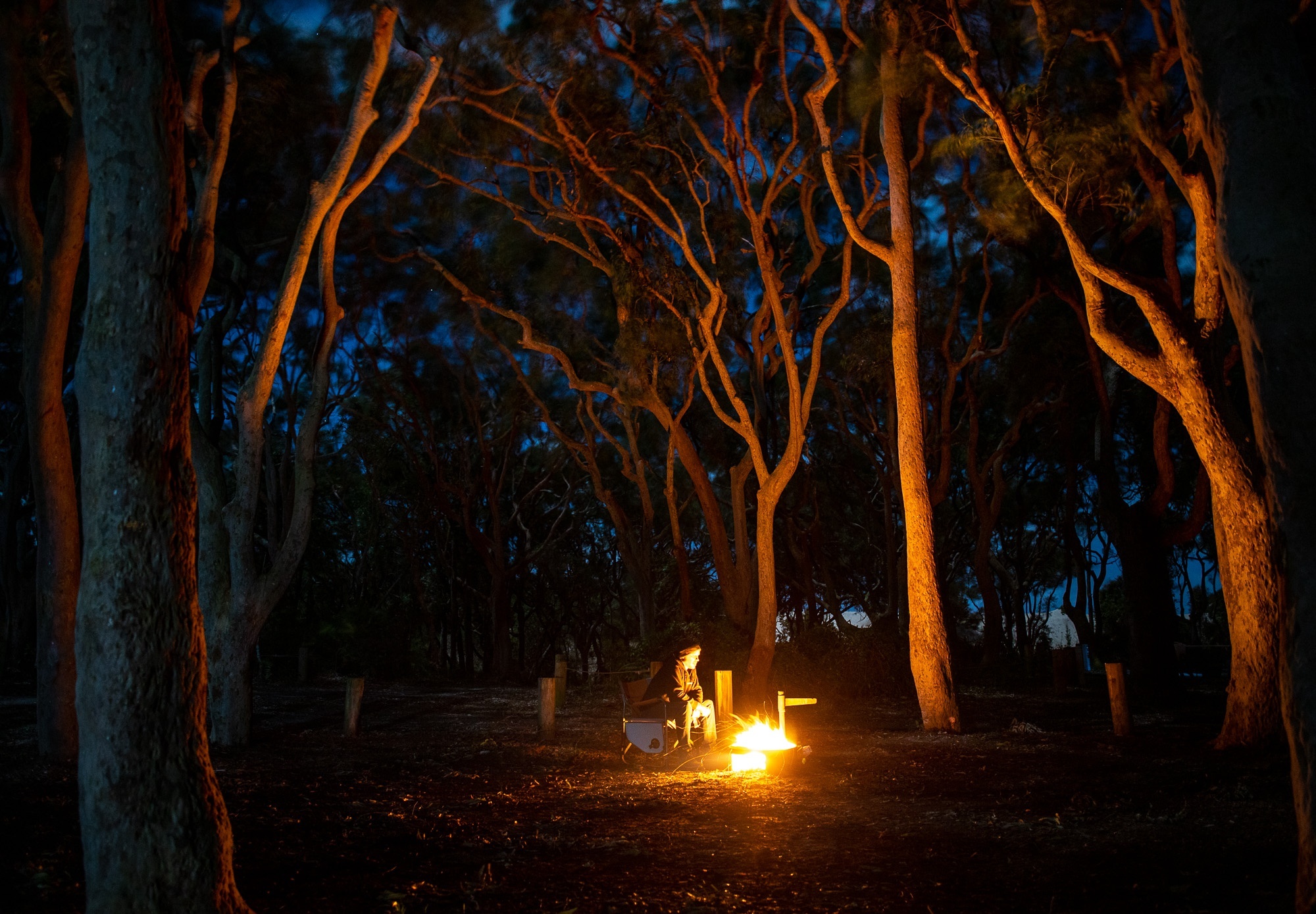

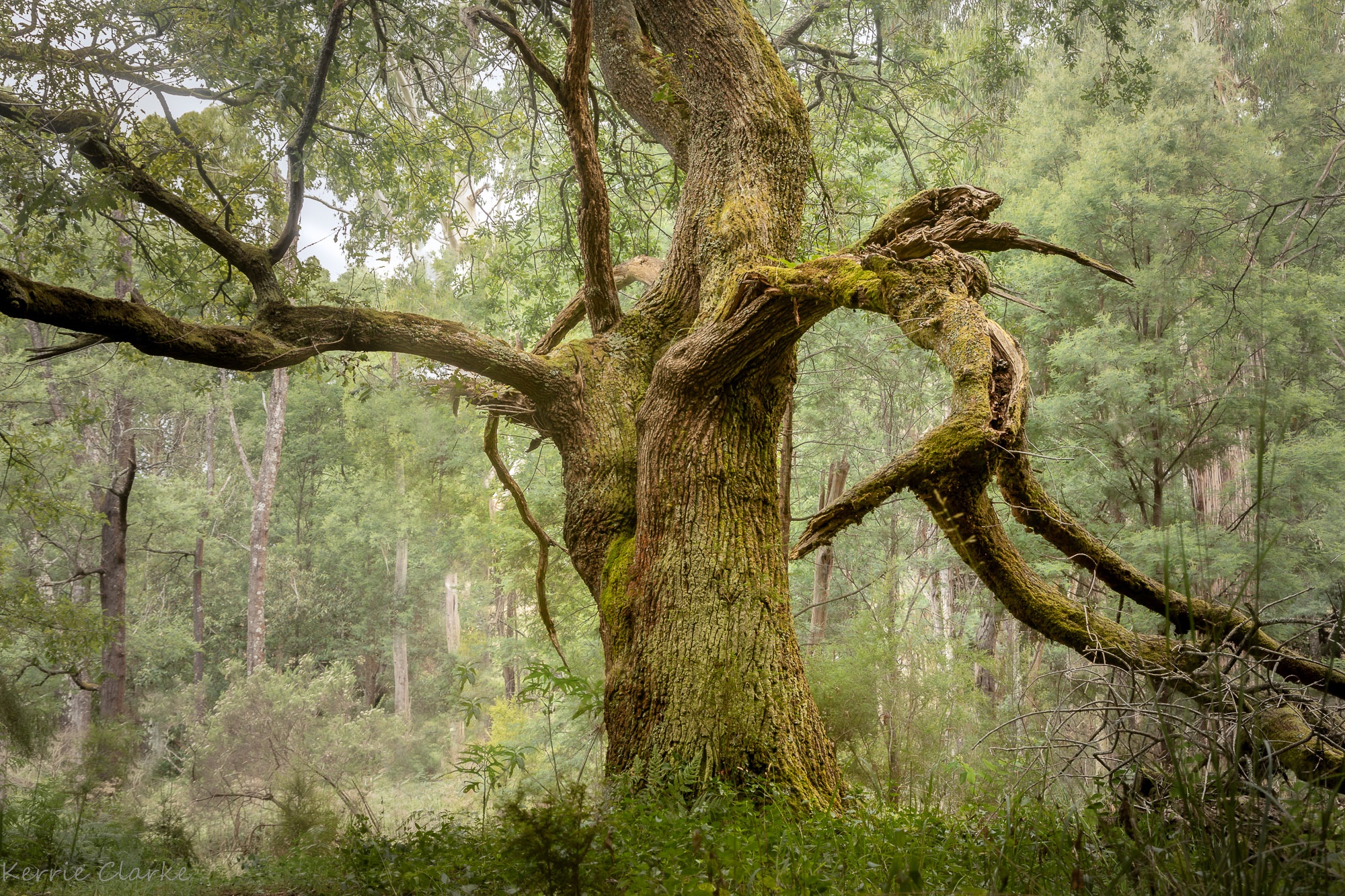
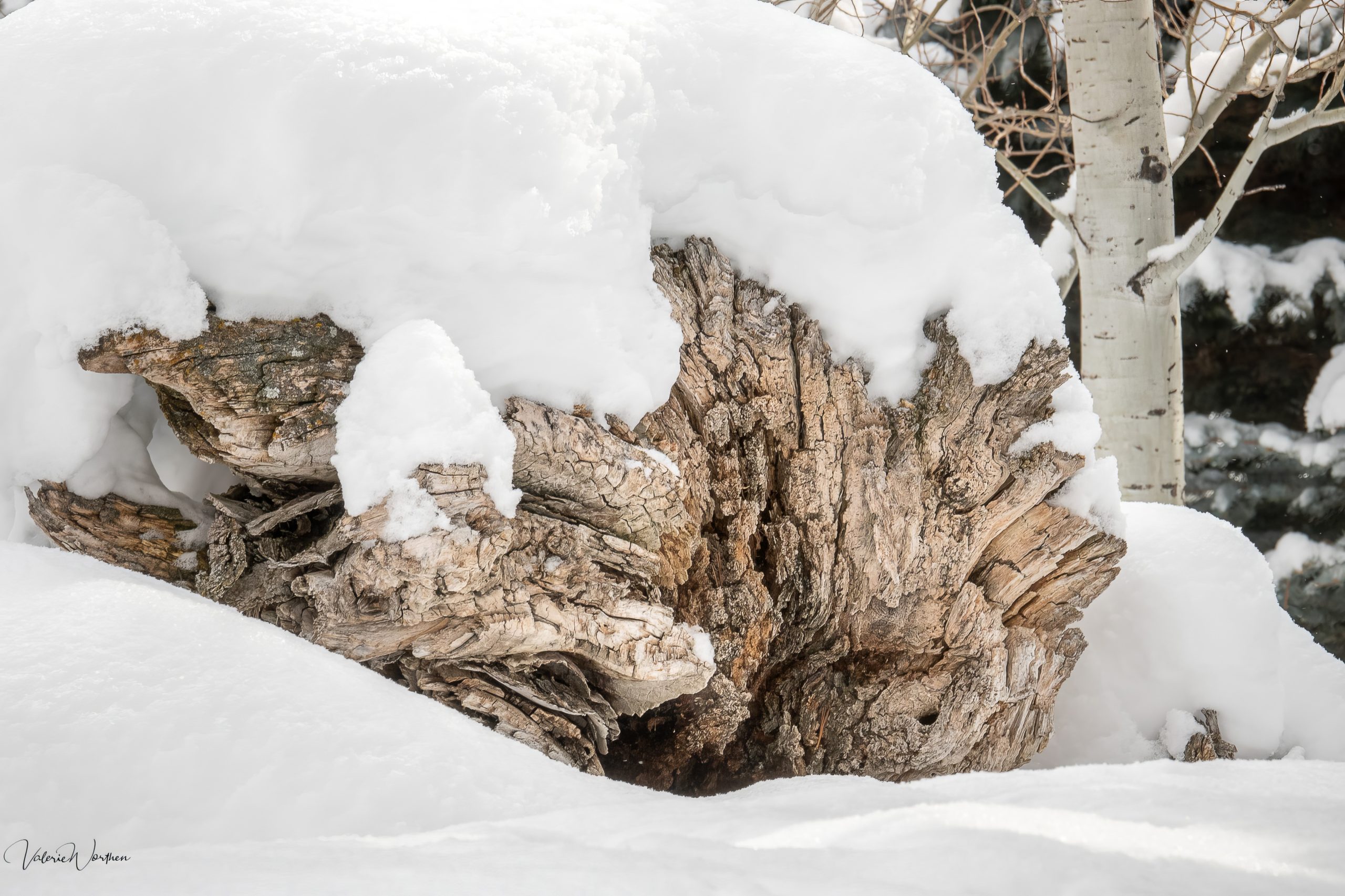

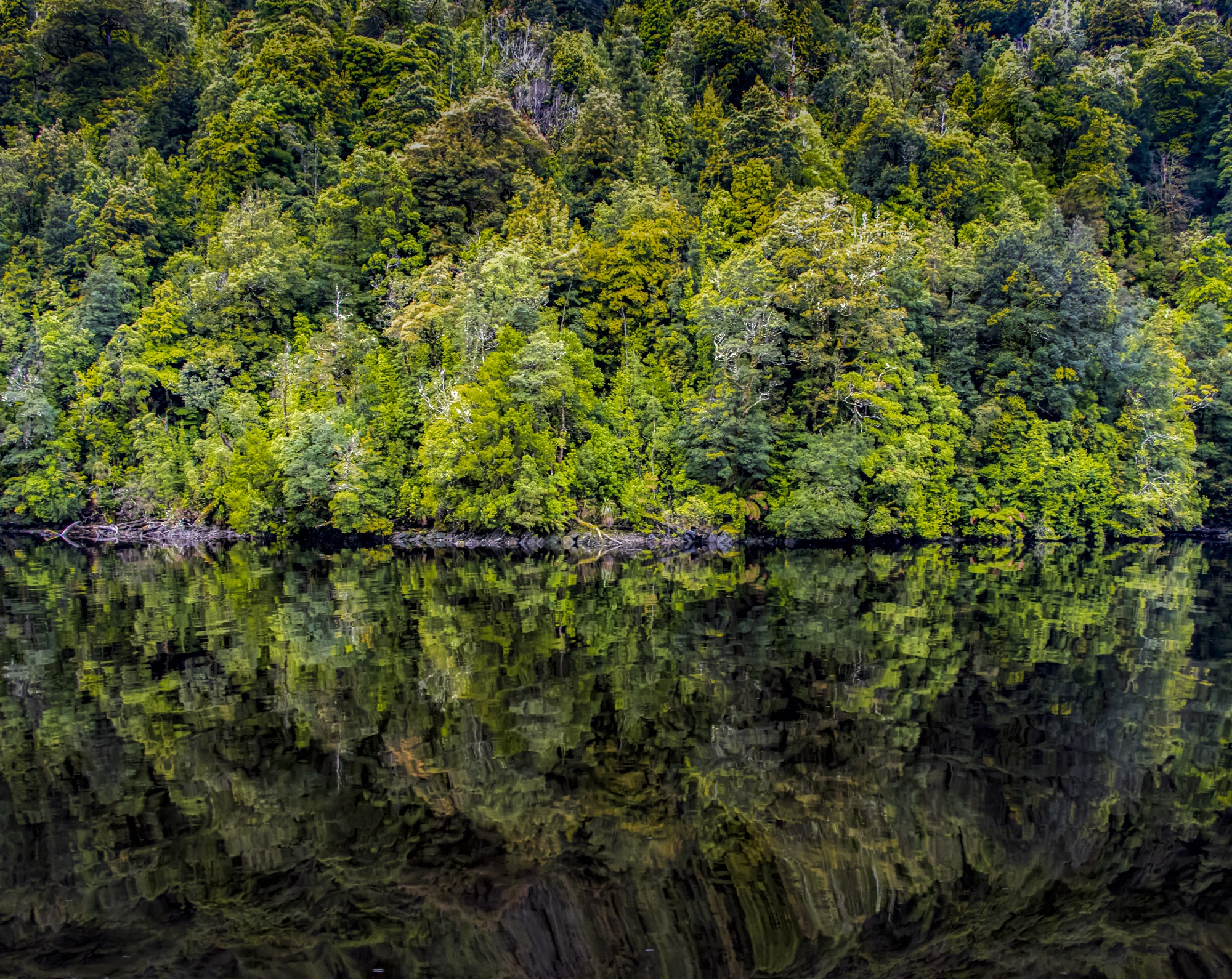
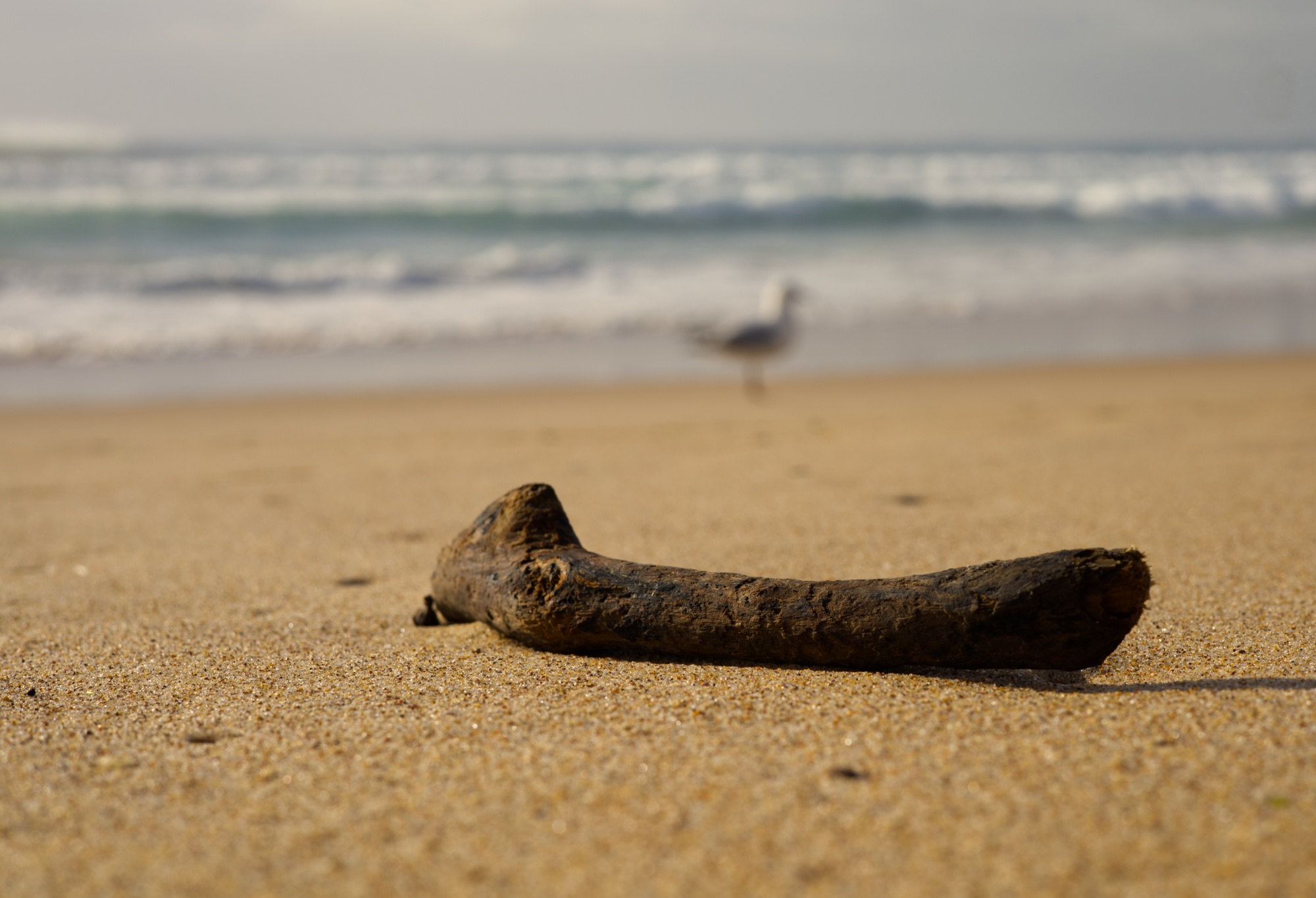




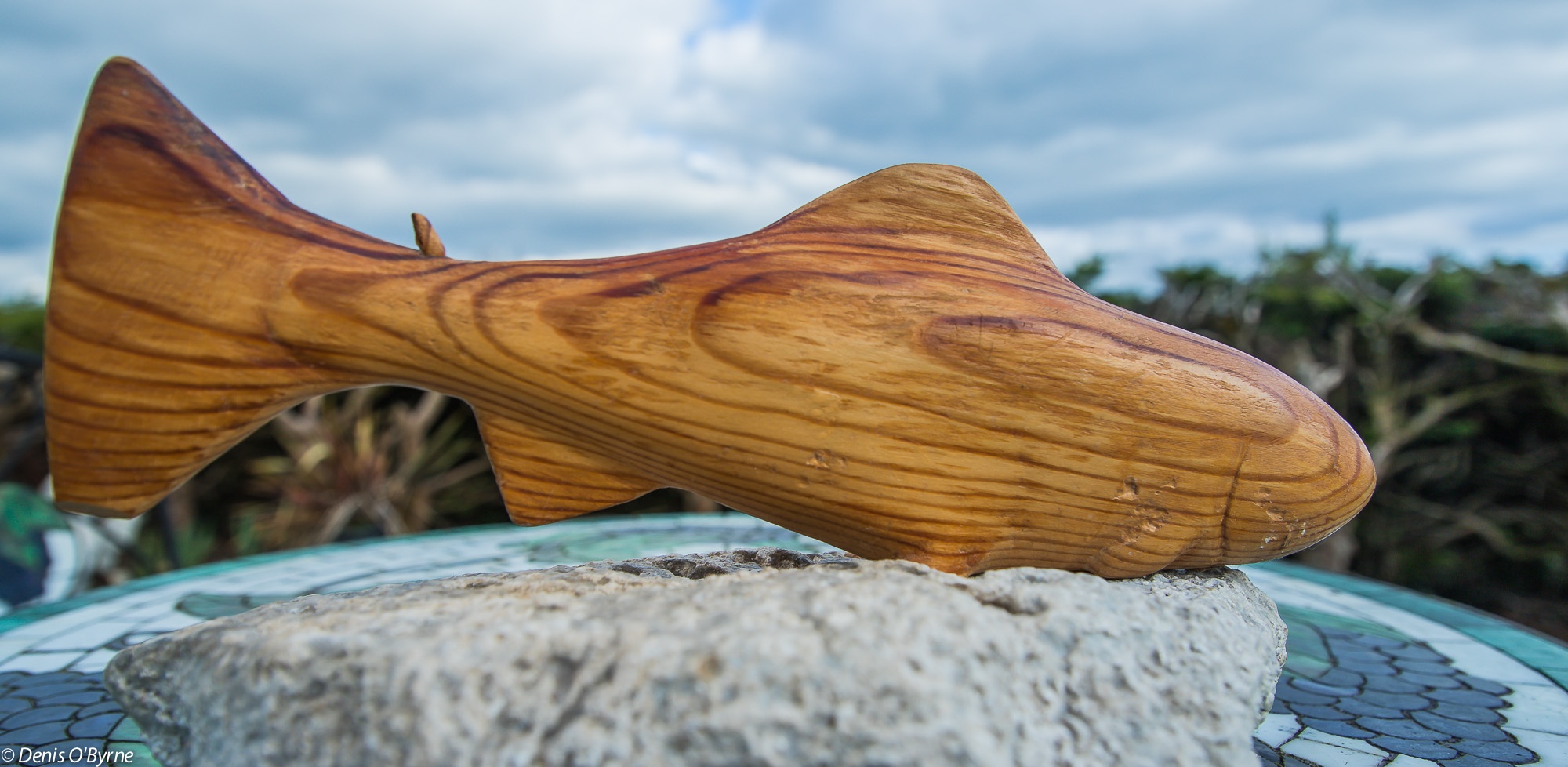

Hello Brent, Is it too late to submit a photo as I have only just seen this email relating to wood? Regards Ron Mitchell Bairnsdale Victoria.
Only BootCamp members get to post images and get feedback Ron – do you want to join? Brent
Congrats to Kerrie Clarke for being the featured artist and to Valerie Worthen for your amazing cover image. Well done! Brent